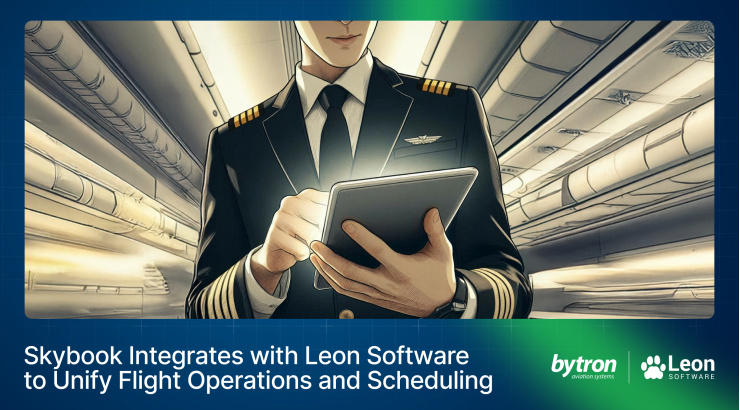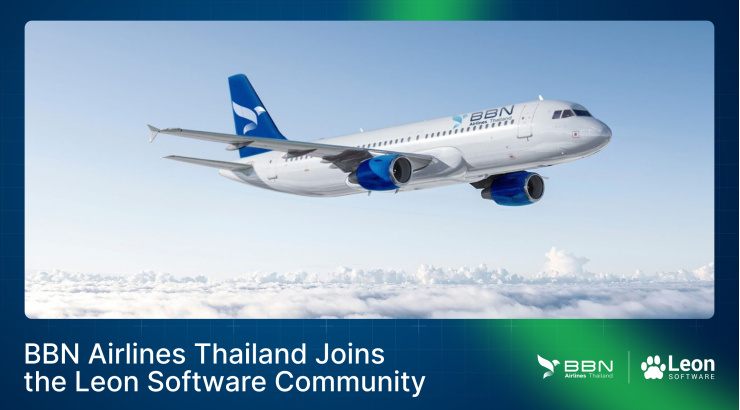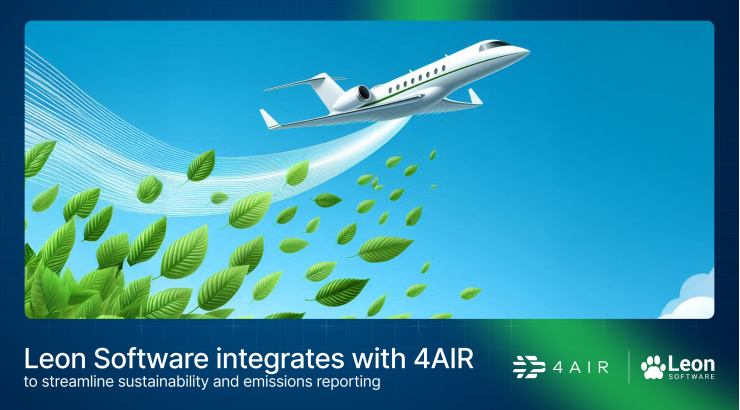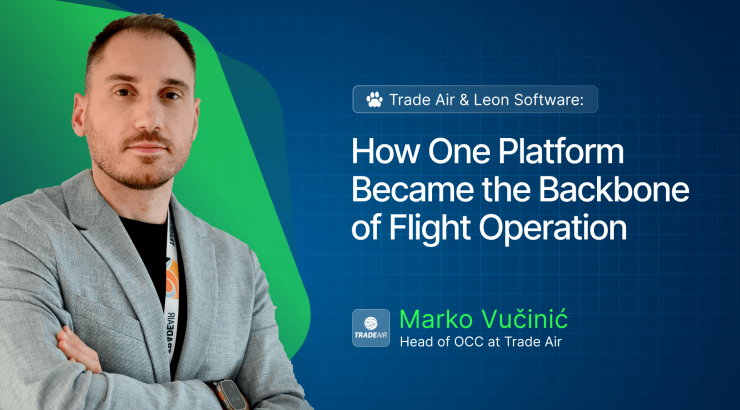Interview with Leon’s Head of Research
Piotr Różański returns as Leon’s Head of Research
Piotr has been cooperating with Leon for more than ten years, and out of the many stories we could tell from that time, the most recent is his contribution to the Leon FTL engine used by most of our customers. But now, after completing his PhD and taking some well-deserved holiday, Piotr returns in a new role as Leon’s Head of Research. Will he be seeking new technologies, or merely browsing the web for amusing cat memes? And what does this all mean for the company? Let’s find out in our interview.
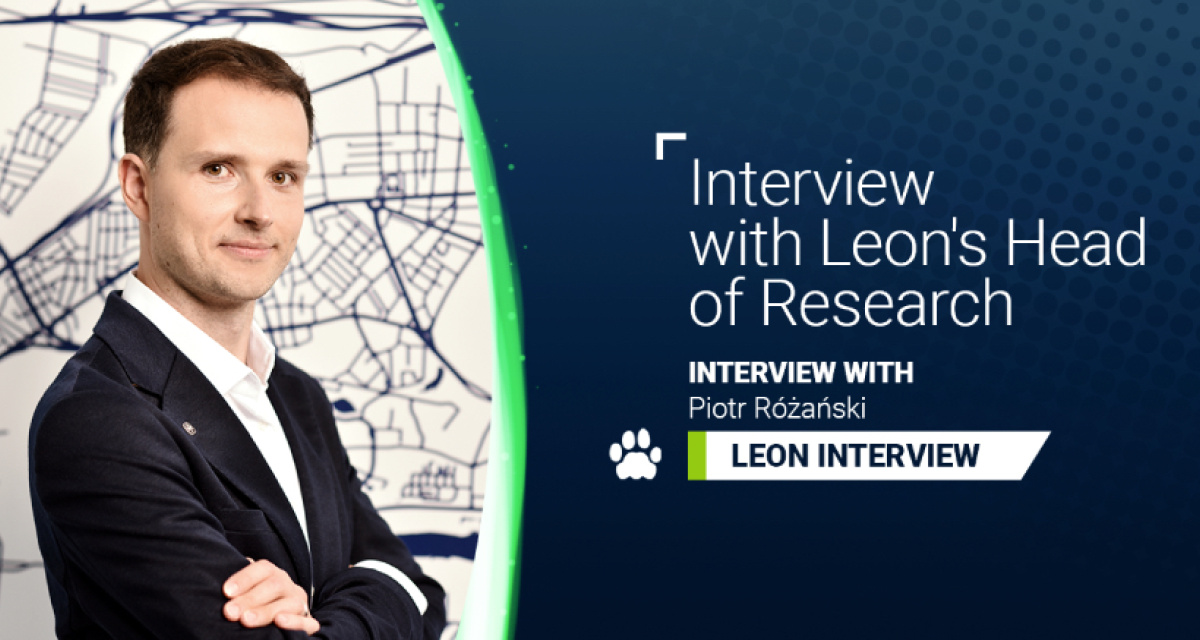
So, you have a long history with Leon, but a new mission. How did the idea of research start at Leon?
The start-up phase of a software company is usually about building an MVP and focusing on core concepts and features. As a company grows and its product becomes more mature and recognisable, it starts to make sense to invest in exploring more opportunities in an organised manner. A lot of progress is happening both in the industry and in the scientific community, and our main focus right now is on evaluating and integrating these findings and tools into our operations. As our FTL engine has already become a significant solution in the market, the current goal is to come up with something new to shake things up.
But for many people, isn’t it just browsing the web?
That sounds a bit too easy, doesn’t it? However, we have to acknowledge that most of the information exchange, civilisation-wise, is done through one aspect of the web or another. Here, it’s more about understanding the true impact of any potential change or improvement, rather than merely following the hype.
What are the key focus areas for your current research work?
There are two main areas: external and internal. The external is closely related to actual business needs and improvements to the product from which our existing or potential customers would benefit, such as automated crew rostering. The internal is about using the newly available tools and technologies to improve the process of building our software. We’re currently witnessing unprecedented progress in AI-based solutions, and many companies are starting to believe that it might reinvent the software engineering industry.
There is a lot going on regarding AI. How does one differentiate fake AI from the real thing?
The problem you’ve just mentioned is actually more than 250 years old! The Mechanical Turk, constructed in 1770, which claimed to be an automated device playing chess, turned out to be an elaborate hoax with an actual chess player hidden inside the machine. Today, the challenges are different, but many purported AI-based results are still susceptible to manipulation. Often, when I see an intriguing headline like “AI can read your mind”, it usually transpires that, for instance, the authors report a system that was tested only on a small group of individuals, and all the “mind-reading” is about differentiating one pattern from another. So, even though the AI isn’t fake, the results it provides are frequently presented in a misleading manner.
And, of course, for some time there has been a trend to attach the AI keyword to almost everything. Even if it’s merely a straightforward machine learning algorithm, it will have “AI” prefixed to it. That’s why you hear about AI most of the time, but often it’s just a marketing gimmick.
So no chance for a Leon-AI-Crew-mobile-app-ultra?
There’s plenty of room for ‘plus-’, ‘ultra-’, and ‘hyper-’, but let’s not label something as AI just because it appears magical to a non-technical person.
What strategies do you employ to stay up-to-date with the latest advancements and trends in your field?
The ongoing progress is so intensive that it’s virtually impossible to maintain a thorough understanding of every new concept. It’s important to keep an eye on current trends, but research must be problem-oriented. Instead of observing what’s new and finding a problem to which we can apply it, we focus on the actual problem and then seek the solution.
How do you prioritise and select research?
The main goal is, as always, to provide added value for the product, the company and, ultimately, the customers. Therefore, the first step is to analyse our current situation and identify the problems or opportunities we wish to address. The potential gain from these opportunities is usually a good indicator of priority. Then, we need to understand a given problem, gathering all the necessary information and formal requirements. Only after that, the final step is to research potential solutions.
How do you ensure that your projects align with the long-term goals and vision of the company or organisation?
As always, communication is key. And I believe it’s much easier in a company with a relatively flat structure, like Leon Software. In addition to regularly scheduled meetings that keep us on track with the long-term vision, there’s scope for spontaneous ad-hoc communication as well.
What challenges or obstacles have you encountered in your work that might be challenging for aviation software?
Even though aeroplanes fly all around the world and the physics is the same, the rules aren’t. One of the major challenges is the varying nomenclature and regulations across different countries and regions, necessitating software customisations. A good example of this is the Flight Time Limitations module, which must be set up individually for each customer. Moreover, even if the rules are written in the same manner, they can be interpreted differently in various countries. That’s one of the areas where AI-based text processing could be a game-changer.
How do you measure the success and impact of your projects?
The ultimate indicator of success is always customer feedback. That’s why customer support is such a crucial area of our activity.
Despite looking at the work of others, is there room for creativity and innovation?
Definitely, but one must be extra cautious to avoid reinventing the wheel. We try to prioritise re-using and integrating existing solutions over creating them in-house, especially if the solutions are maintained by an active community. As all software systems become increasingly complex, the emphasis shifts from low-level engineering to creating scalable, large-scale systems and infrastructures. And we certainly don’t want to end up creating our own LLM :)
Thank you for your time.
Thanks! It was nice speaking with you.
Not yet a member of Leon community? Contact our Sales team to find out more or jump straight into the 30-day free trial.
TAGGED WITH
